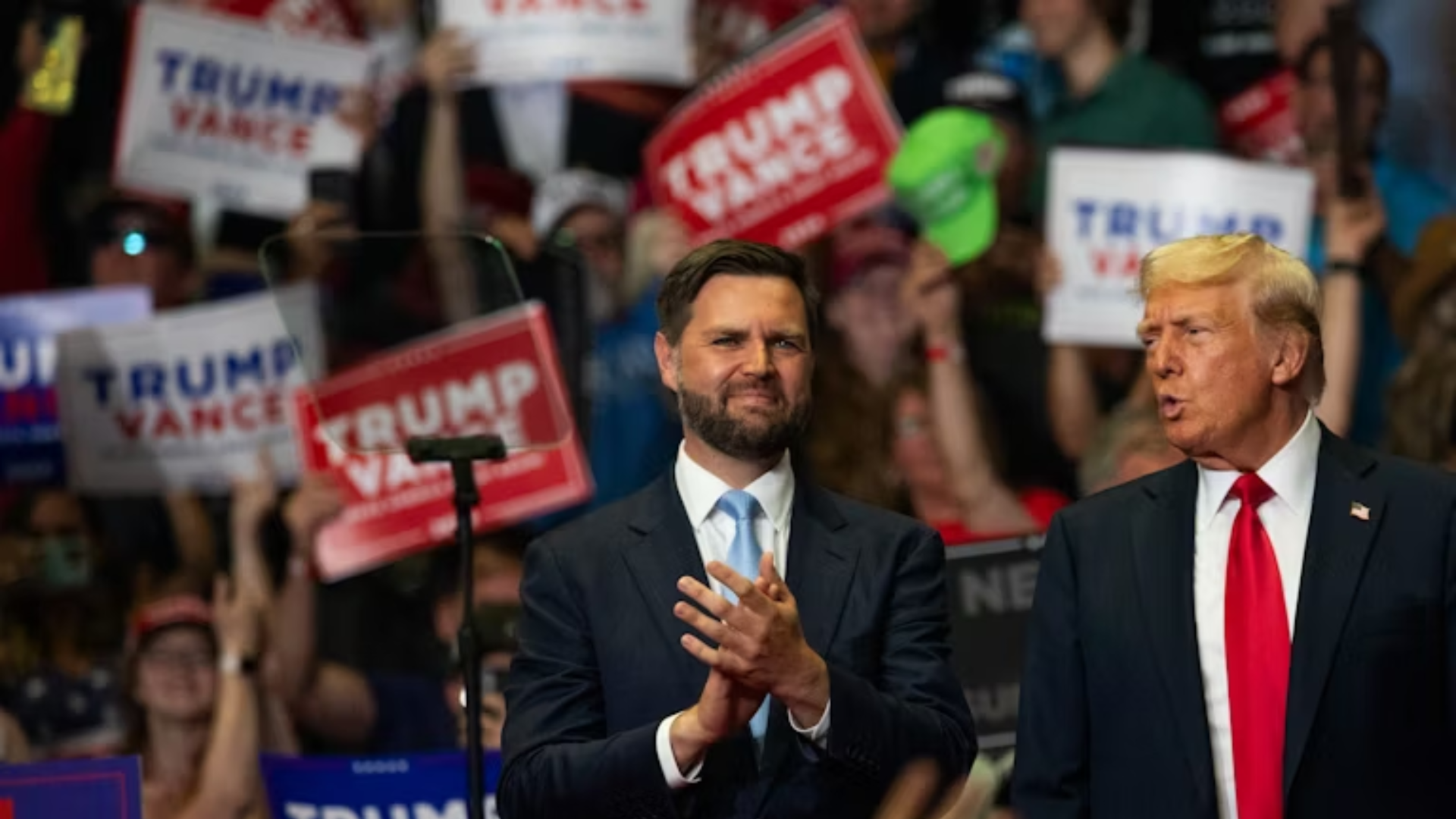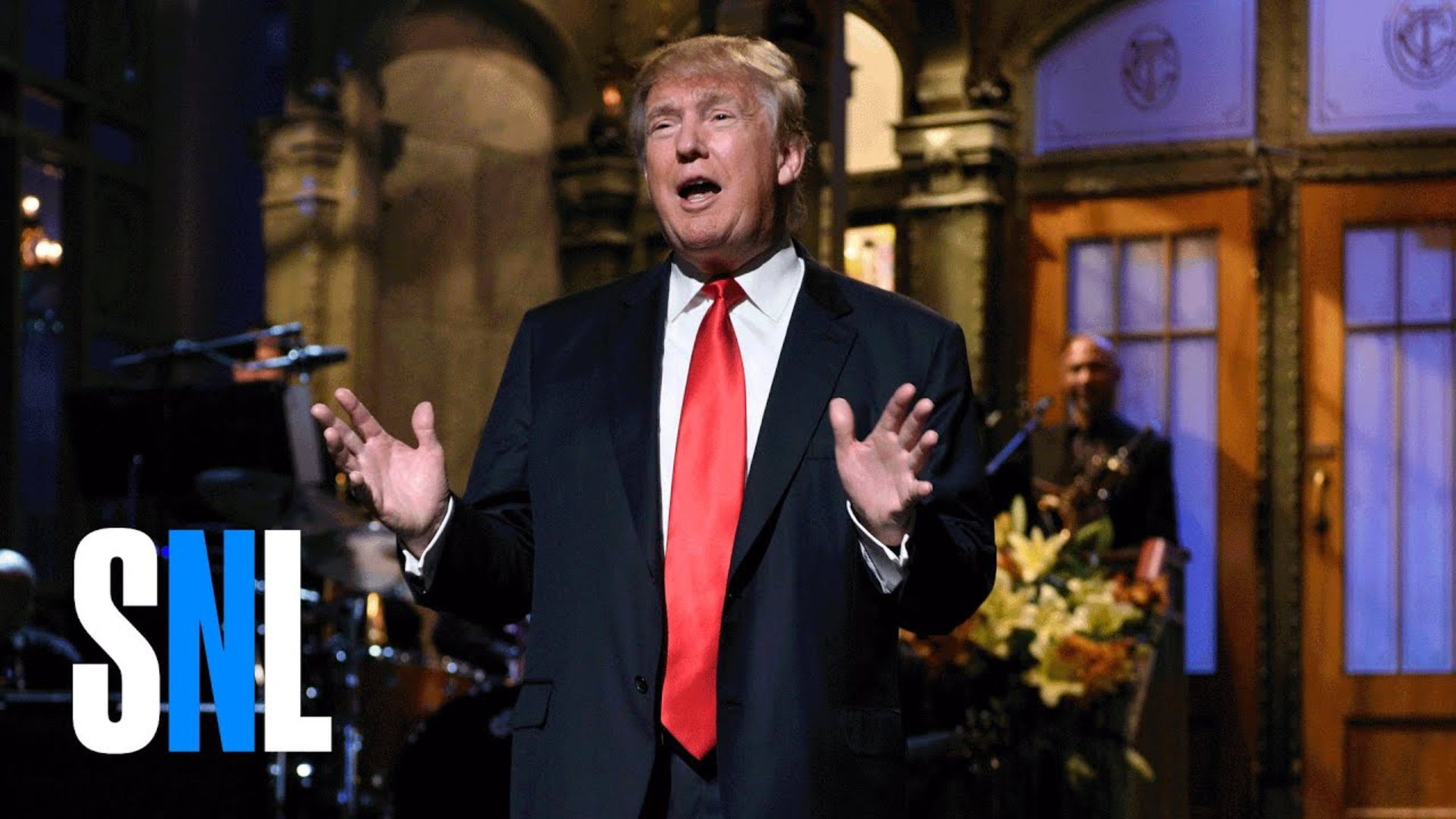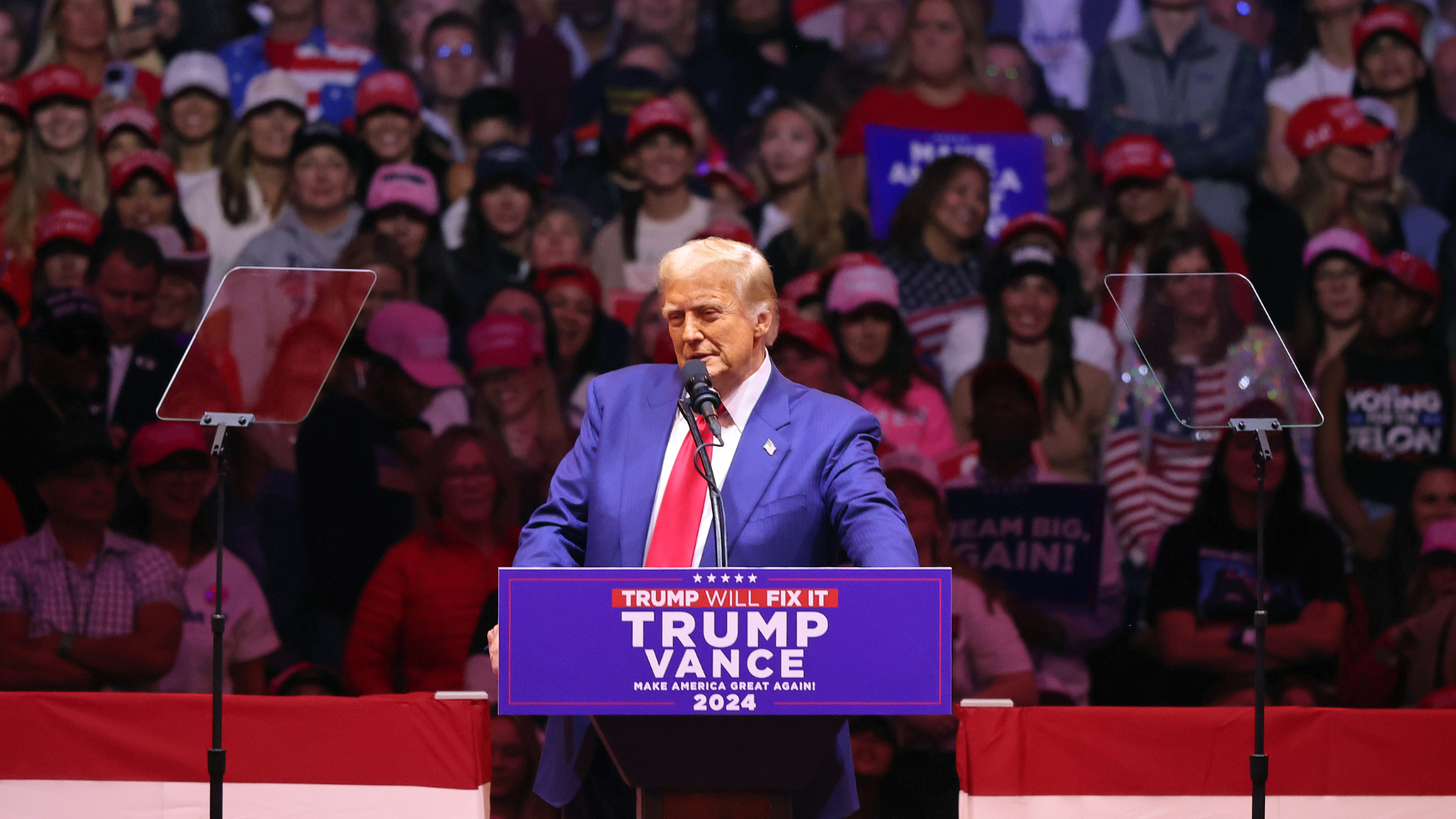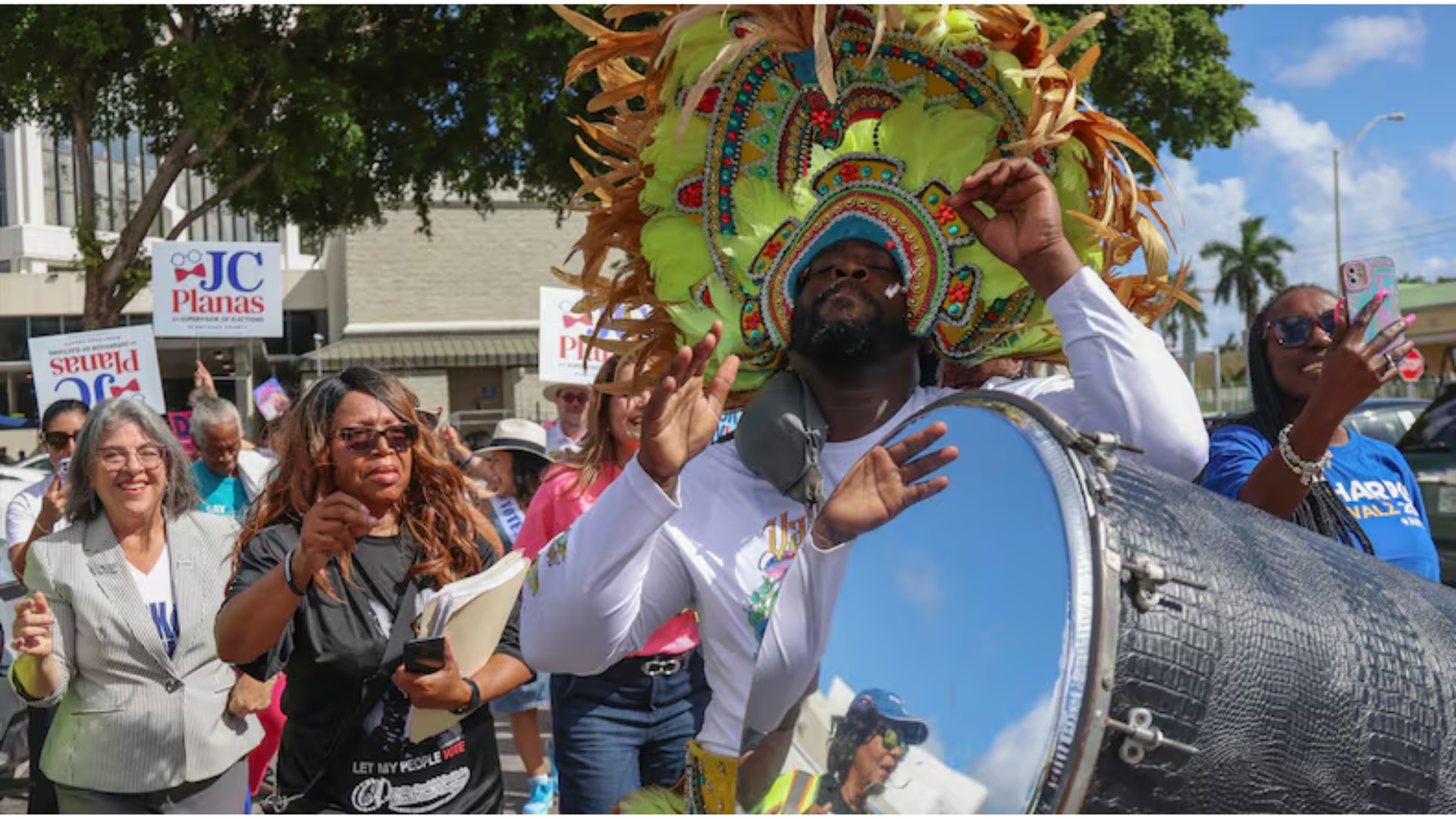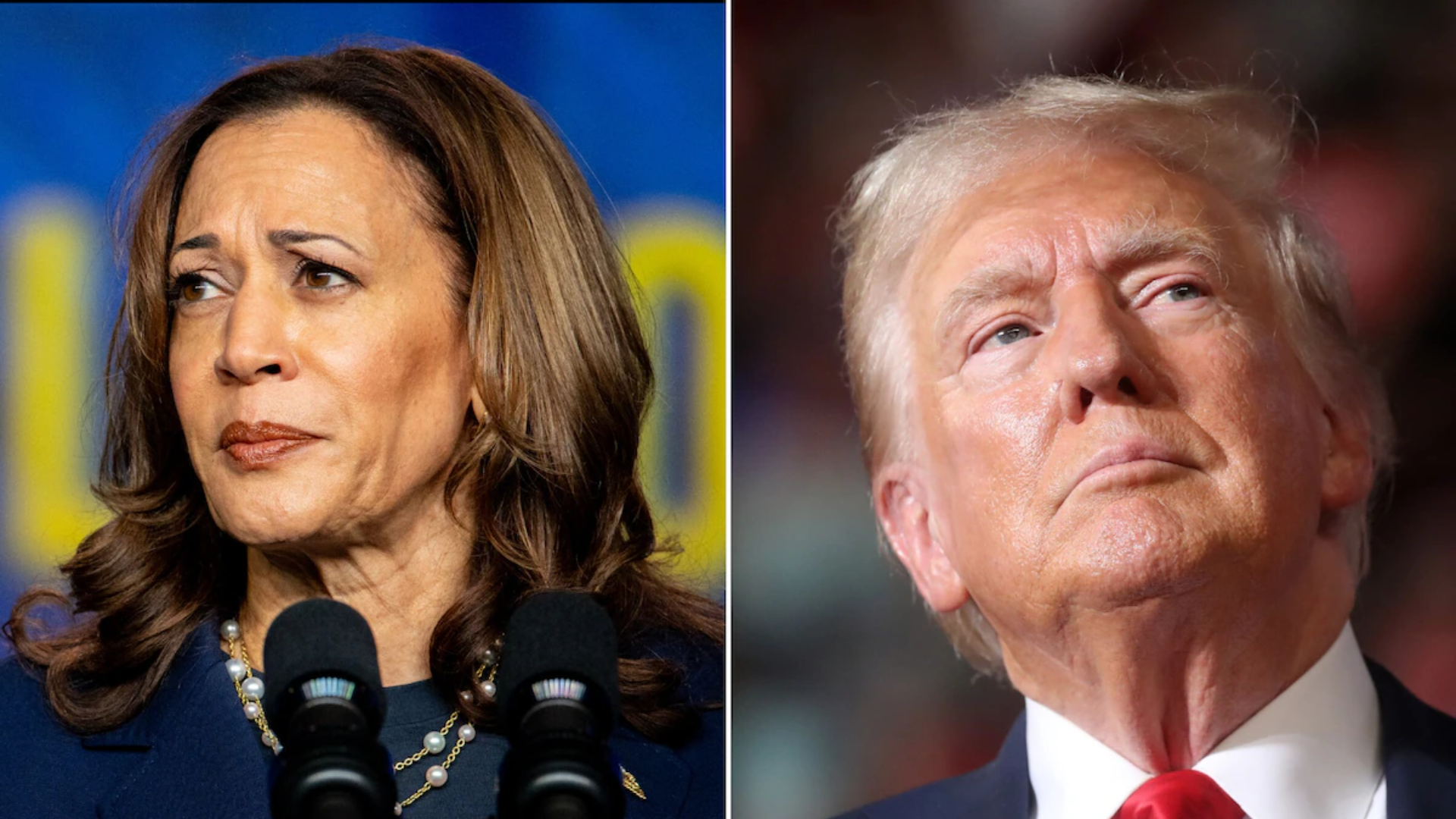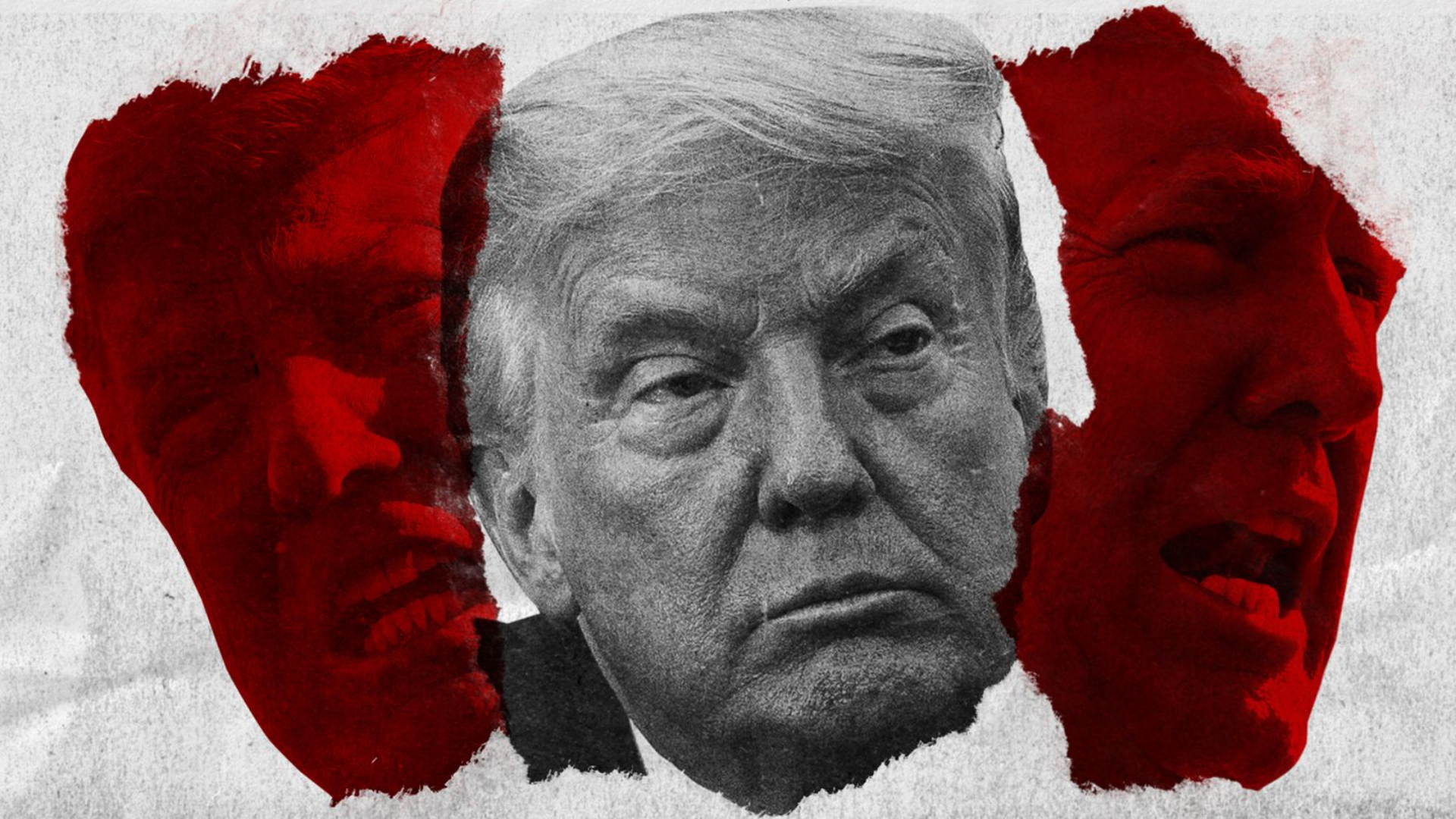
In a recent appearance on Andrew Schulz’s “Flagrant” podcast, former President Donald Trump took the opportunity to showcase what he described as his “genius” speaking style, which he calls “the weave.”
Trump pushed back against the notion that he often “rambles” during his speeches, a criticism frequently leveled at him by the media.
Instead, he argued that his ability to “weave” different topics together, while circling back to his original point, demonstrates a skillful and intentional technique.
Trump boasts of “genius” ability to “weave” during rally speeches: “I don’t ramble,” he asserted, claiming that this style engages his audience and allows for a more dynamic interaction.
The discussion on “Flagrant” highlighted Trump’s response to questions about two assassination attempts against him. Rather than addressing the question directly, he complimented the hosts on their “great questions” and swiftly pivoted to critiquing the “fake news.”
After being prompted by co-host Akaash Singh about dodging the question, Trump quipped, “I’m trying to get out of it,” which drew laughs from the hosts and underscored his lighthearted approach.
Explaining his “weave” technique further, Trump shared that it requires “an extraordinary memory” to bring discussions back full circle.
“I do a thing called the weave,” he told Schulz.

“What you do is you weave things—and you do it. You have to have certain things. You need an extraordinary memory because you have to come back to where you started. A weave is only good if you can go back.” Schulz responded.
“You can go all the way over here,” prompting Trump to reply, “I can go so far here or there, and I can come back to exactly where I started.”
The former president drew a comparison to President Joe Biden, joking that those who fail to return to their starting point would be like Biden, referencing Biden’s recent departure from the 2024 race.
Trump continued, describing his style as distinct from what critics call “rambling.”
“I call it the weave. And some people think it’s so genius. But the bad people, what they say is, ‘You know, he was rambling,’” he explained, adding that he finds “the weave” to be a fitting label alongside other terms he has coined, like “fake news.”
In a recent article, *The New York Times* scrutinized Trump’s speaking style, with the headline “Trump’s Speeches, Increasingly Angry and Rambling, Reignite the Question of Age.”
The article noted, “He rambles, he repeats himself, he roams from thought to thought—some of them hard to understand, some of them unfinished, some of them factually fantastical,” raising questions about his age and mental fitness. Trump’s supporters, however, view his style as distinctive and engaging, believing it differentiates him from other political figures.

Trump’s remarks on the podcast also underscored his strategy of deflecting and pivoting in response to difficult questions.
After a playful exchange with Schulz and Singh, he admitted to disliking direct answers, especially when it came to the sensitive topic of assassination attempts, as he was hesitant to falsely accuse anyone.
This candidness about his tactics shed light on his methods and approach to public speaking.
Despite ongoing media scrutiny, Trump continues to use his “weave” to engage and entertain his audience. His ability to blend humor, deflection, and storytelling has become a hallmark of his public persona, with supporters finding value in his unpredictability and critics questioning his coherence.
As the 2024 election nears, his speaking style remains a subject of both admiration and debate, underscoring the polarized views that have followed him throughout his political career.


